Indoor farming systems must grow animals faster and more efficiently than conventional systems
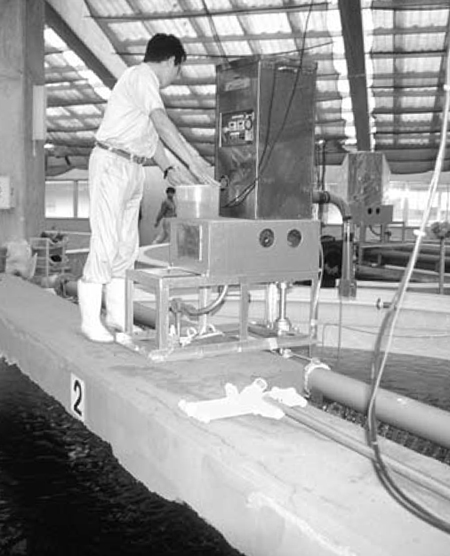
In marked contrast to poultry, where animals are commercially reared under stringent biosecurity and environmental control measures within indoor temperature-controlled “poultry houses,”the bulk of aquaculture production is still realized within outdoor production systems and under varying ambient conditions. However, the advent of modern indoor aquaculture production systems based on the use of cost-effective water circulation and in situ biofiltration technologies, has opened a vast door of opportunity for both aquaculturists and feed manufacturers alike. From a nutritional standpoint there are some guiding principles that should be followed when developing feeds and feeding regimes for these farming systems.
System factors to consider
- Animals are usually reared under “closed” farming conditions independent of climate and outdoor weather conditions, including lunar cycles.
- Animals are usually reared under clear-water culture conditions, with no endogenous access to dietary nutrients other than those externally supplied in the form of artificially compounded aquafeeds.
- Animals are usually reared under ideal or optimum environmental rearing conditions (i.e., in terms of water temperature, dissolved oxygen concentration, pH, salinity, alkalinity, aeration, water flow, water depth, and lighting) for the duration of the production cycle.
- Animals are usually reared at very high stocking densities, and generally occupy the entire water column of the culture tank or raceway.
- Animals are usually not subjected to undue stress in terms of handling or contact with humans or by other animals, including predators.
- Animals are continuously reared within an aquatic environment where essential soluble nutrients may be depleted over time, and/or where potential toxic compounds may accumulate.
- The efficiency of the water biofiltration system employed will depend upon its size and ability to cope with the fecal/metabolic end products of digestion, including uneaten feed and leachate.
Nutritional factors to consider
- Diets should be formulated to the known minimum dietary nutrient requirements of the target species in question, or in the absence of requirement data, formulated to approximate the muscle tissue of the species.
- Diets should be formulated and manufactured so as to minimize nutrient loss through leaching on prolonged immersion in water, through the use of appropriate encapsulation, chelation and binding techniques.
- Diets should be formulated to the optimum protein:energy ratio for the species in question, so as to elicit maximum growth and minimize the nitrogen load to the system biofilters.
- Whenever possible, the use of improved low/high temperature processing techniques (i.e., extrusion, spherical agglomeration, encapsulation processing systems) which enhance the physical characteristics of the diet (i.e., less fines or dust) and nutrient digestibility should be promoted.
- Whenever economically possible, aquafeeds should be fed on a little and often basis continuously over a 24-hour working day (and fish or shrimp growing day), so as to offer optimum feeding opportunity and elicit maximum growth, maximum nutrient deposition efficiency, and minimize feed contact with water and thereby feed wastage and leaching.
- The feed manufacturing process employed to produce the aquafeed and choice of binder used can significantly influence the physical characteristics and behavior of the feces of the target species within the water column, including their settling/separation characteristics and consequent ease of removal from the culture system.
- Selection of feed ingredients for use within aquafeeds should be based on digestible nutrient content, and the use of fillers or ingredients with poor nutrient digestibility should be minimized. This unless the later are used to sequester unwanted metabolites, such as ammonia or metal ions from the water column, and/or for used for increasing dietary lipid content.
The bottom line
In view of the generally higher capital and operating costs of closed indoor farming systems, it follows that for these farming systems to be profitable, animals must reach market size faster (i.e., reduced production period) and more efficiently (i.e., improved feed efficiency and survival) than conventional outdoor production systems.
(Editor’s Note: This article was originally published in the June 2000 print edition of the Global Aquaculture Advocate.)
Now that you've reached the end of the article ...
… please consider supporting GSA’s mission to advance responsible seafood practices through education, advocacy and third-party assurances. The Advocate aims to document the evolution of responsible seafood practices and share the expansive knowledge of our vast network of contributors.
By becoming a Global Seafood Alliance member, you’re ensuring that all of the pre-competitive work we do through member benefits, resources and events can continue. Individual membership costs just $50 a year.
Not a GSA member? Join us.
Author
-

Albert G.J. Tacon, Ph.D.
Aquatic Feeds and Nutrition
(AQUAFAN) Program
The Oceanic Institute
Makapuu Point
Waimanalo, HA 96744 USA[103,114,111,46,101,116,117,116,105,116,115,110,105,99,105,110,97,101,99,111,64,110,111,99,97,116,97]
Tagged With
Related Posts
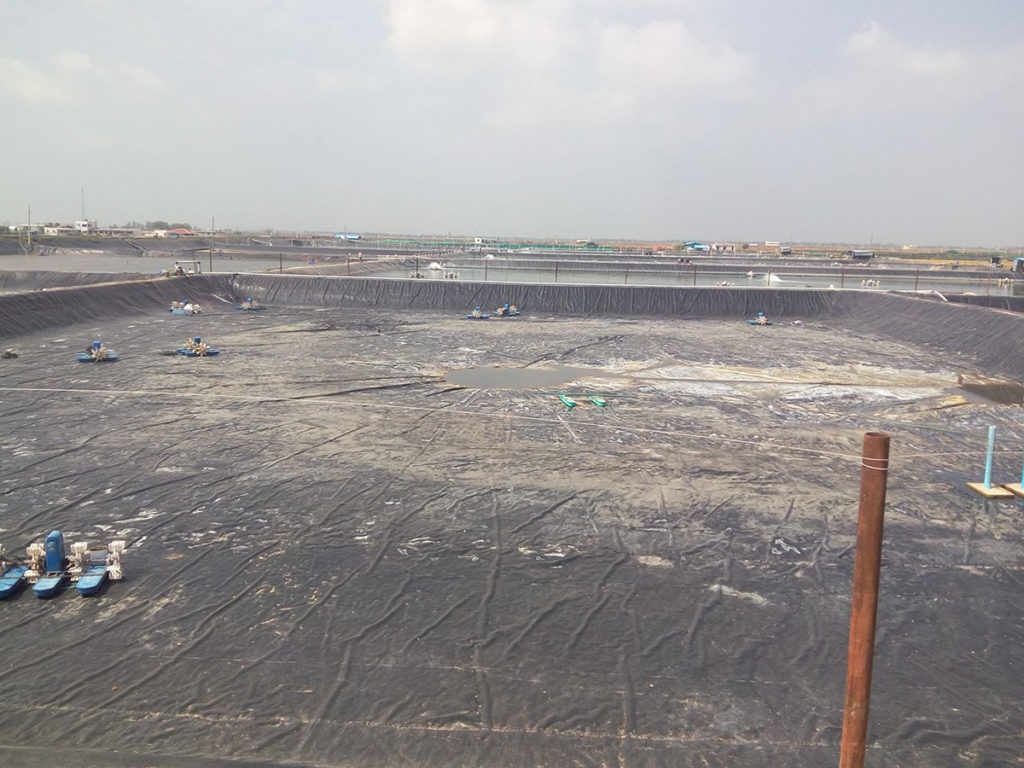
Responsibility
Appraising pond liners for shrimp culture
The use of plastic-lined ponds by shrimp farmers can significantly improve production efficiency, support more production cycles per year, and higher mechanical aeration rates and stocking densities. The capital cost of lining ponds can be very significant, so a thorough feasibility analysis is recommended when considering this production tool.
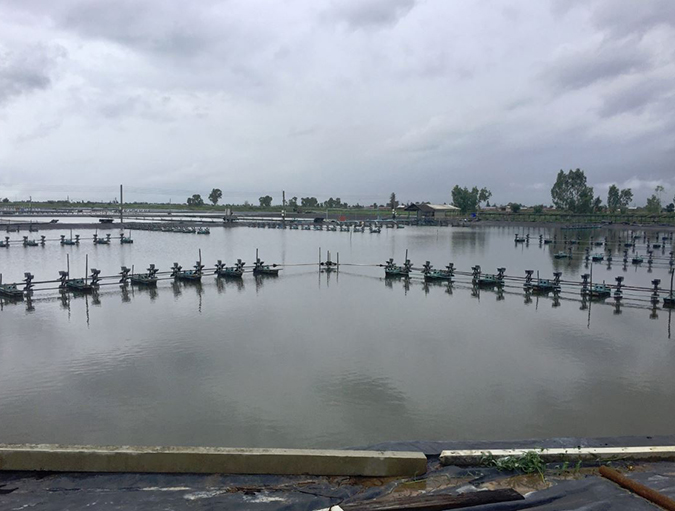
Health & Welfare
Aquamimicry: A revolutionary concept for shrimp farming
Aquamimicry simulates natural, estuarine production conditions by creating zooplankton blooms as supplemental nutrition to the cultured shrimp, and beneficial bacteria to maintain water quality. Better-quality shrimp can be produced at lower cost and in a more sustainable manner.
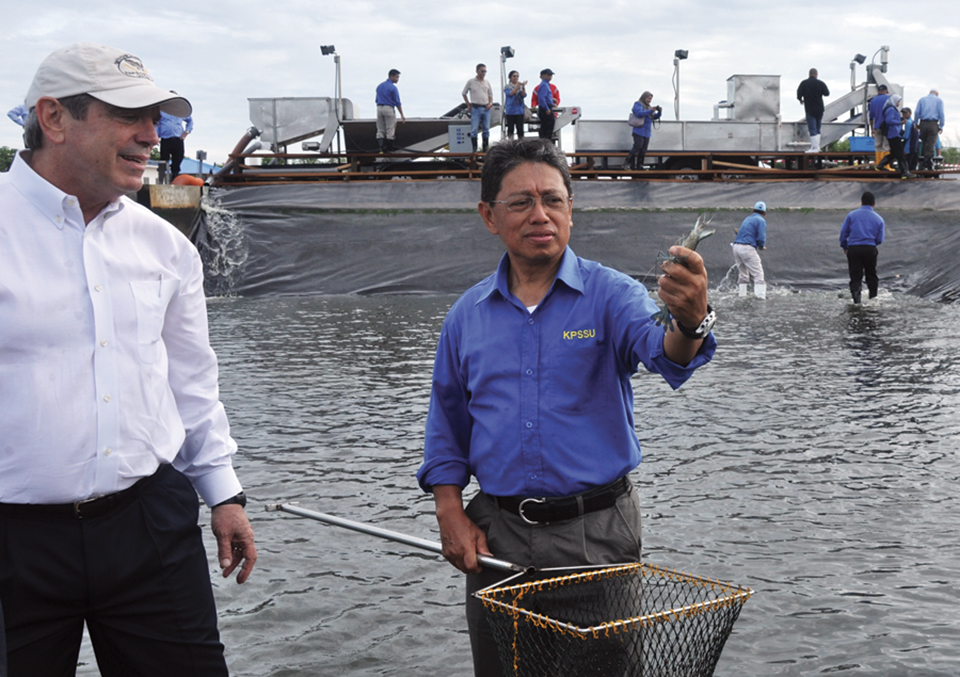
Health & Welfare
Brunei project develops technology for large black tiger shrimp production, part 1
A five-year project was undertaken in Brunei Darussalam to develop advanced technology for the production of large black tiger shrimp. A combination of technologies has enabled efficient production of large-sized black tiger shrimp, which could lead to a resurgence of this species in Asia.
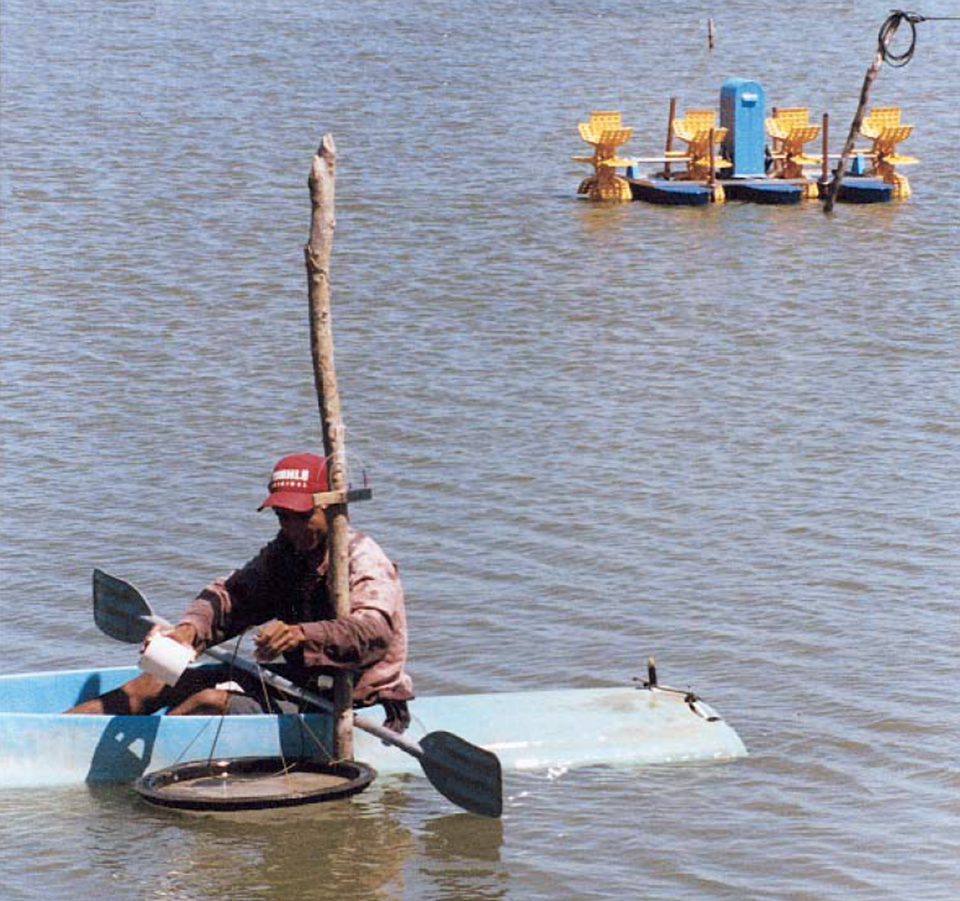
Aquafeeds
Feeding tray technique improves shrimp feed management in Brazil
It is common practice to broadcast feed throughout a shrimp pond with a few feeding trays to help monitor consumption and adjust ration size.

